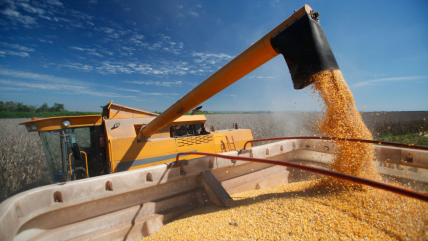
Global food commodity prices rose for a third consecutive month in May due to increases in the prices of cereals and dairy products.
The FAO Food Price Index, which tracks monthly changes in the international prices of a set of globally-traded food commodities, rose 0.9% in May compared to the previous month, reaching 120.4 points.
The index level for May remained 3.4% below its level from the same time a year ago, the UN’s Food and Agriculture Organization said.
The figure was also 24.9% below its peak in March 2022.
The cereal price index jumped 6.3% from April due to “rising global wheat export prices, reflecting growing concerns about unfavourable crop conditions curbing yields for the 2024 harvests in major producing areas including parts of Northern America, Europe and the Black Sea region”, according to the FAO.
The organisation also reported that maize export prices increased in May as a result of production concerns in Argentina and unfavourable weather in Brazil.
Nevertheless, the cereal price index still stood 8.2% below its May 2023 value.
Meanwhile, dairy prices rose 1.8% as international price quotations for “all the dairy products represented in the index rose in May”.
On the other side of the coin, May’s price index for sugar dropped 7.5% on the previous month primarily due to pressure from the good start of the new harvest season in Brazil. The FAO added: “Lower international crude oil prices also exerted downward pressure on sugar prices, by lowering demand.”
Vegetable oil prices sank 2.4% as palm oil quotations dropped.
The meat price index decreased by 0.2%, as international prices of poultry and bovine meats fell while those of pig and ovine meats increased.
In April, rising poultry, bovine and ovine meat prices pushed up the overall FAO basket of food commodities. The organisation pointed to “slack internal demand” in western Europe and “persistently lacklustre demand from leading importers”, especially China.



